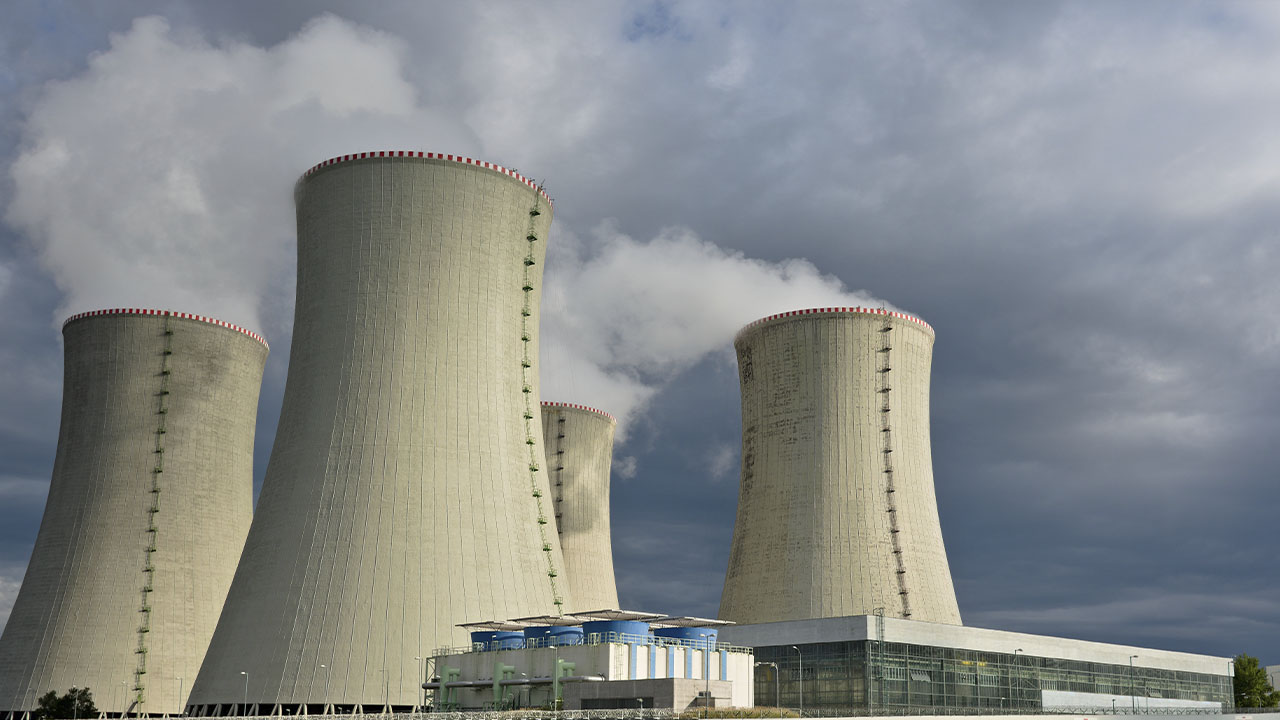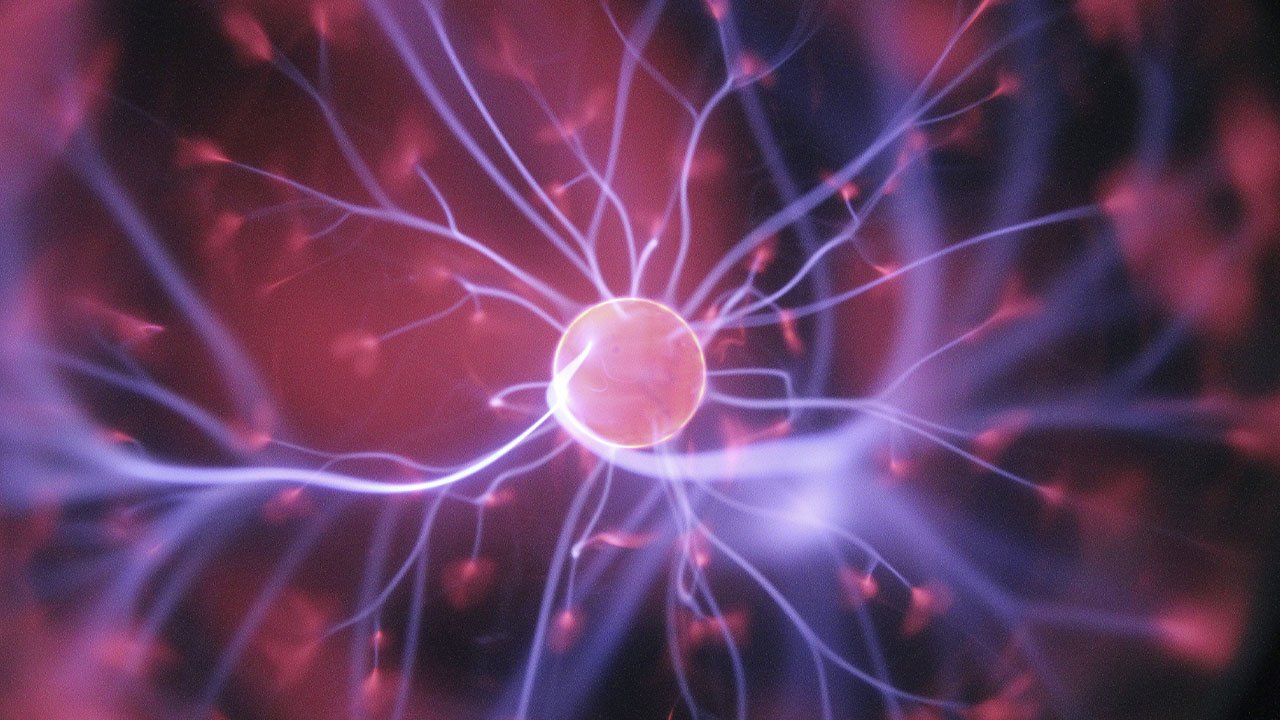In recent years, Nuclear energy has been a topic that scientists have talked about a lot.experts and enthusiasts renewable energy. While some people worry about the word ‘nuclear’ and dream of dangerous bombs and disasters, others argue that the format has not yet revolutionized energy consumption on planet Earth.
The biggest concern of the population and governments is the materials used to produce this type of energy, as they are toxic and emit radiation. However, this process does not use fossil fuels and is therefore supported by many experts and environmental advocates.
What is Nuclear Energy?
A Nuclear energy was discovered in the late 1930s when scientists Otto Hahn, Fritz Strassman, and Lise Meitner observed nuclear fission in a test of uranium irradiation with neutrons. — Uranium is by far the most commonly used element to produce nuclear energy. They noticed that after fission a large amount of energy was released that could be applied for different uses, such as generating electricity.
The reaction occurs when atoms are arranged in a nuclear reactor and split during the fission process, creating a controlled chain reaction of splitting these atoms. By generating this energy, reactors can convert nuclear heat into electricity – the formate can be used for different purposes such as heating buildings, desalinating water, producing hydrogen, among other uses.
“Nuclear energy is a form of energy released from the nucleus of atoms, consisting of protons and neutrons. This source of energy can be produced in two ways: fission – when the nuclei of atoms are split into several pieces – or fusion – when nuclei merge”, explains the International Atomic Energy Agency (IAEA).
Right now, there are more than 400 nuclear power plants producing commercial nuclear power worldwide, but the model is still controversial due to radiation and other hazards that may occur during production. For example, about one-fifth of all energy produced in the United States comes from nuclear power plants.
One of the biggest differences of the nuclear reaction is that energy can be produced 24 hours a day and therefore it is also one of the most discussed topics in the field. However, this energy is not fully renewable or completely independent of carbon dioxide (CO2).as most people believe.

renewable and non-renewable energy
A Renewable energy, also known as green energy, is a sustainable form of energy production that aims to reduce environmental impacts on nature. In addition to reducing carbon dioxide production, renewable energy also reduces air pollutants, soil and water pollution, deforestation and more – it’s not surprising that investment in this area is increasing.
In general, renewable sources can produce energy on a daily basis and use equipment that does not cause adverse effects on nature. There are different types of clean energy generation such as wind, hydro, geothermal, water wave energy, among others.
After all, is nuclear energy renewable?
Nuclear power plants perform a series of processes to produce nuclear energy, also known as atomic energy, via fission, mostly uranium. The first stage is fission itself, which releases heat and heats the water in the reactor to turn it into steam. The steam then drives the turbines and generates electrical energy through kinetic energy.

But, Nuclear energy is not renewable as many people believe.. The fact is that it does not use any resource replenished by nature itself, through the sun, winds or tides, to generate electrical energy. On the contrary, proponents of nuclear energy argue that the fission process does not release carbon dioxide into the atmosphere and therefore does not contribute negatively to global warming – but this is not entirely true.
Although fission with uranium emits almost zero CO2, there are still stages of nuclear power generation that emit carbon dioxide. For example, some plants use fossil fuels for the uranium enrichment stage – another common problem is the waste from these plants, which is often harmful to the environment and highly toxic.
Anyway, it is important to emphasize that it is not a completely clean form of energy, as any manufacturing process generates waste. Also, depending on the mode of production, renewable energy can be more or less ‘dirty’. For example, centralized generation at power stations and parks could have more impact than decentralized production of solar panels used by ordinary citizens.
Source: Tec Mundo
I’m Blaine Morgan, an experienced journalist and writer with over 8 years of experience in the tech industry. My expertise lies in writing about technology news and trends, covering everything from cutting-edge gadgets to emerging software developments. I’ve written for several leading publications including Gadget Onus where I am an author.













